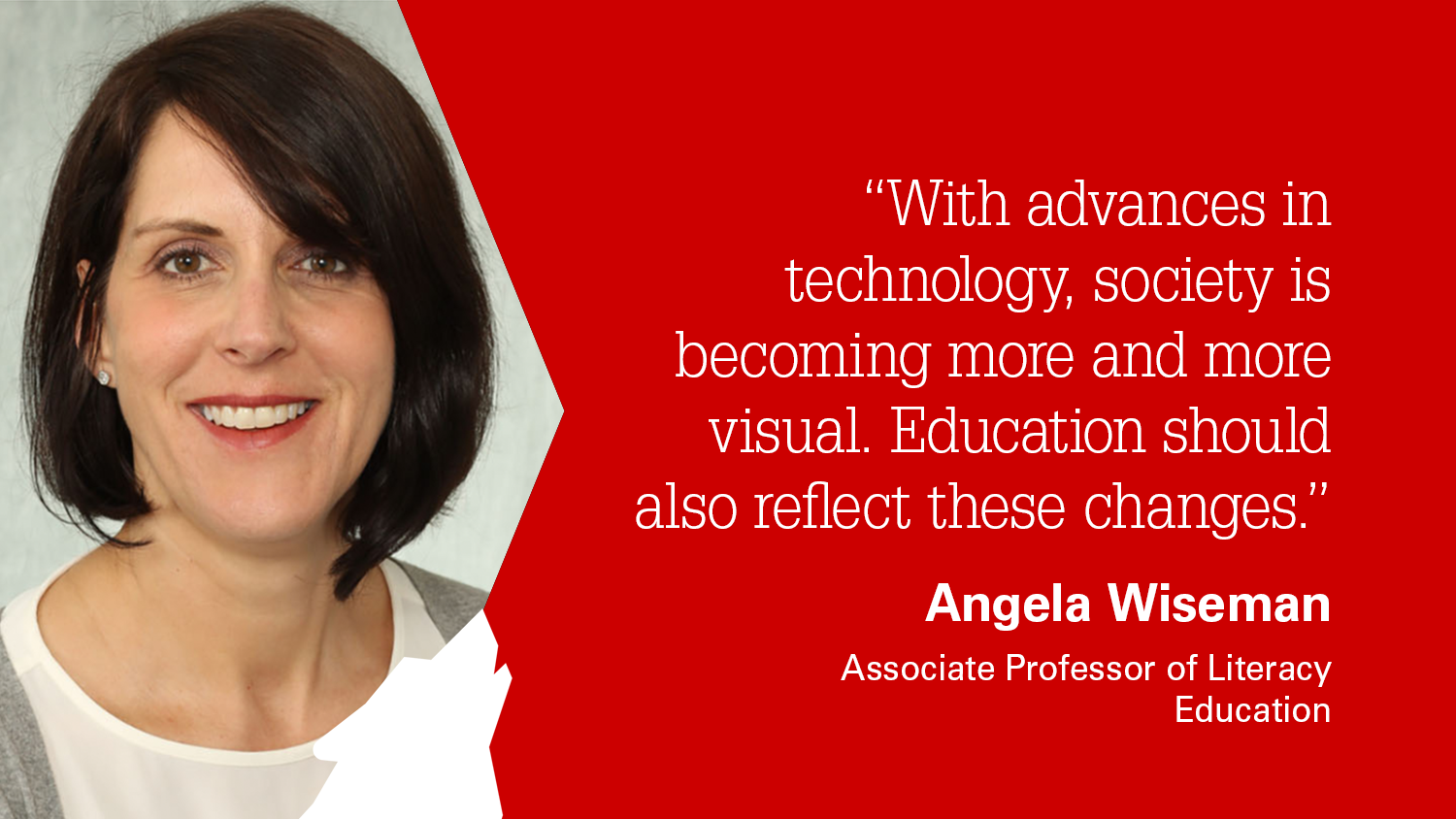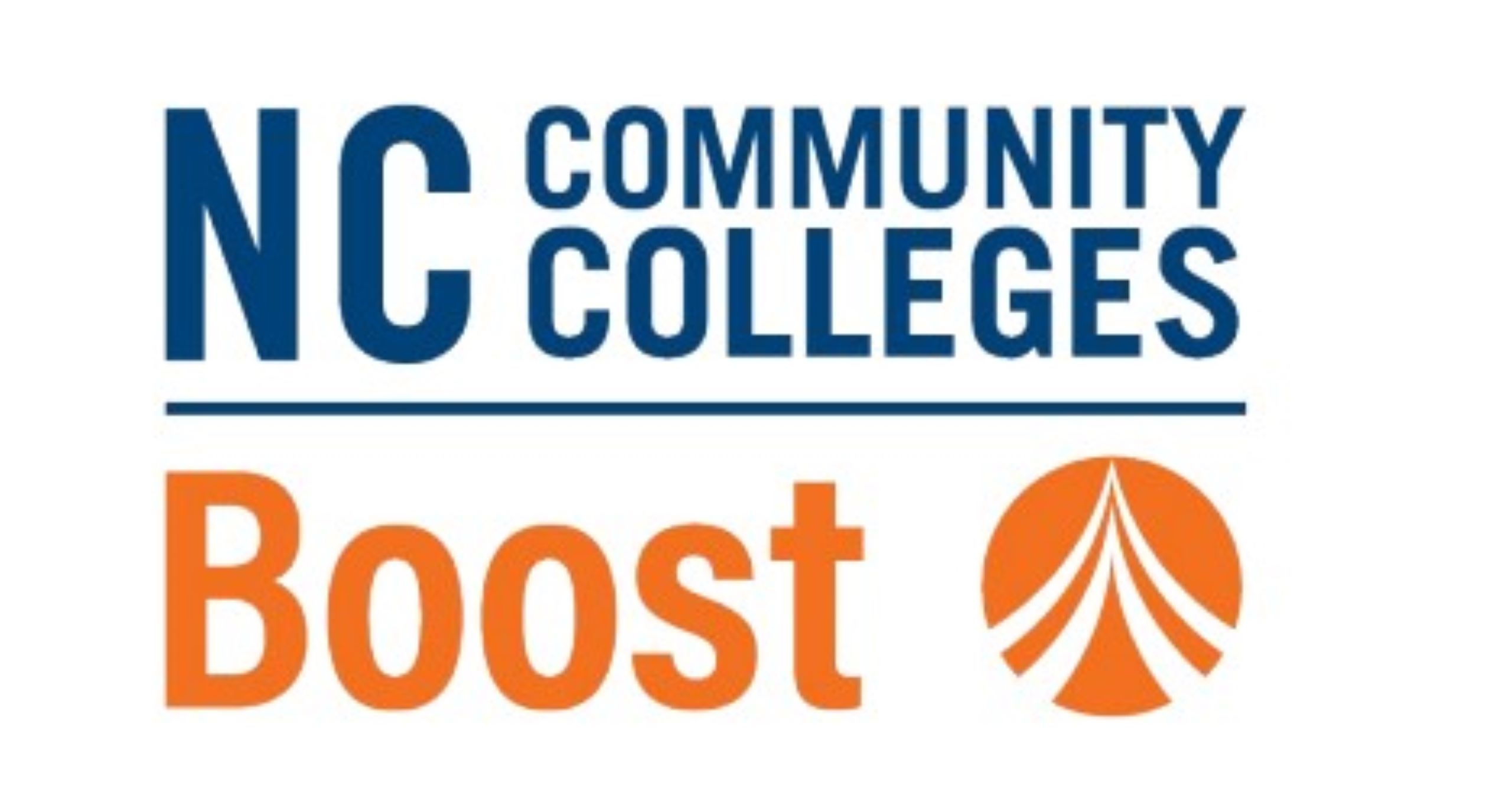Associate Professor Angela Wiseman Aims to Transform Use of Visual Methodologies to Promote Equity Using AERA Grant

Visual images have perpetuated racialized stereotypes and negative ideas, yet they also have the potential to amplify youth perspectives and dismantle deficit perspectives, says NC State College of Education Associate Professor Angela Wiseman.
Visual research methods, framed with an equity lens, can reflect people’s experiences and also play an important role in supporting children in educational contexts and communities. Wiseman also acknowledges that visual-based methods can be used as tools for activism and aims to develop and amplify visual methods in literacy education.
“So many children use visual and technological tools to share their experiences and reflect their understanding. We see the potential and the hope for understanding how visual representations can convey insights into youths’ educational capital and also dismantle deficit perspectives,” she said. “Visual approaches to research and pedagogy can be important ways to foster engagement in schools and communities.”
Wiseman, along with Marva Cappello, of San Diego State University, and Jennifer D. Turner, of the University of Maryland, has received a $32,000 American Education Research Association (AERA) grant to host the “Visual and Multimodal Research in Education Conference: Building Expansive Methodologies for Racial Justice in the Time of Crisis” during the AERA National Conference in April 2022.
The “Visual and Multimodal Research in Education Conference,” which was developed in response to concurrent pandemics related to COVID-19 and racial injustice in the United States, aims to initiate a national research agenda that prioritizes the use of visual and multimodal methodologies in literacy research to promote educational equity and racial justice for youth.
“We feel that, in order to analyze the positioning of children and youth in relation to current events, there is a need to combine and rethink theory and research methods in responsive and relevant ways,” Wiseman said. “As we look for ways to expand research methods, we would like to see teacher education also embrace different repertoires of communicating and making meaning.”
Previous research has shown how visual and multimodal responses encourage more expansive approaches for learning, thereby creating more inclusive classroom contexts and more opportunities for children to share knowledge. However, scholars say that research on the subject is disconnected from current curricula and instruction.
The need to connect research to practice, Wiseman said, is paramount to providing equitable and racially just learning contexts for all students.
“With advances in technology, society is becoming more and more visual. Education should also reflect these changes. We hope that educational research framed with an equity lens will foster engagement in schools and communities and provide anti-deficit approaches,” Wiseman said. “Ultimately, we hope to connect research and practice to provide racially just learning contexts for all children.”
The two-day “Visual and Multimodal Research in Education Conference” aims to build community with an interdisciplinary group of education scholars who use visual and multimodal methods for the purpose of educational equity, provide a forum for the exchange of ideas and create opportunities to develop joint research projects.
Wiseman and her collaborators ultimately hope to publish an edited volume featuring work from the conference that centers on visual scholarship that promotes educational equity and racial justice.
- Categories:


